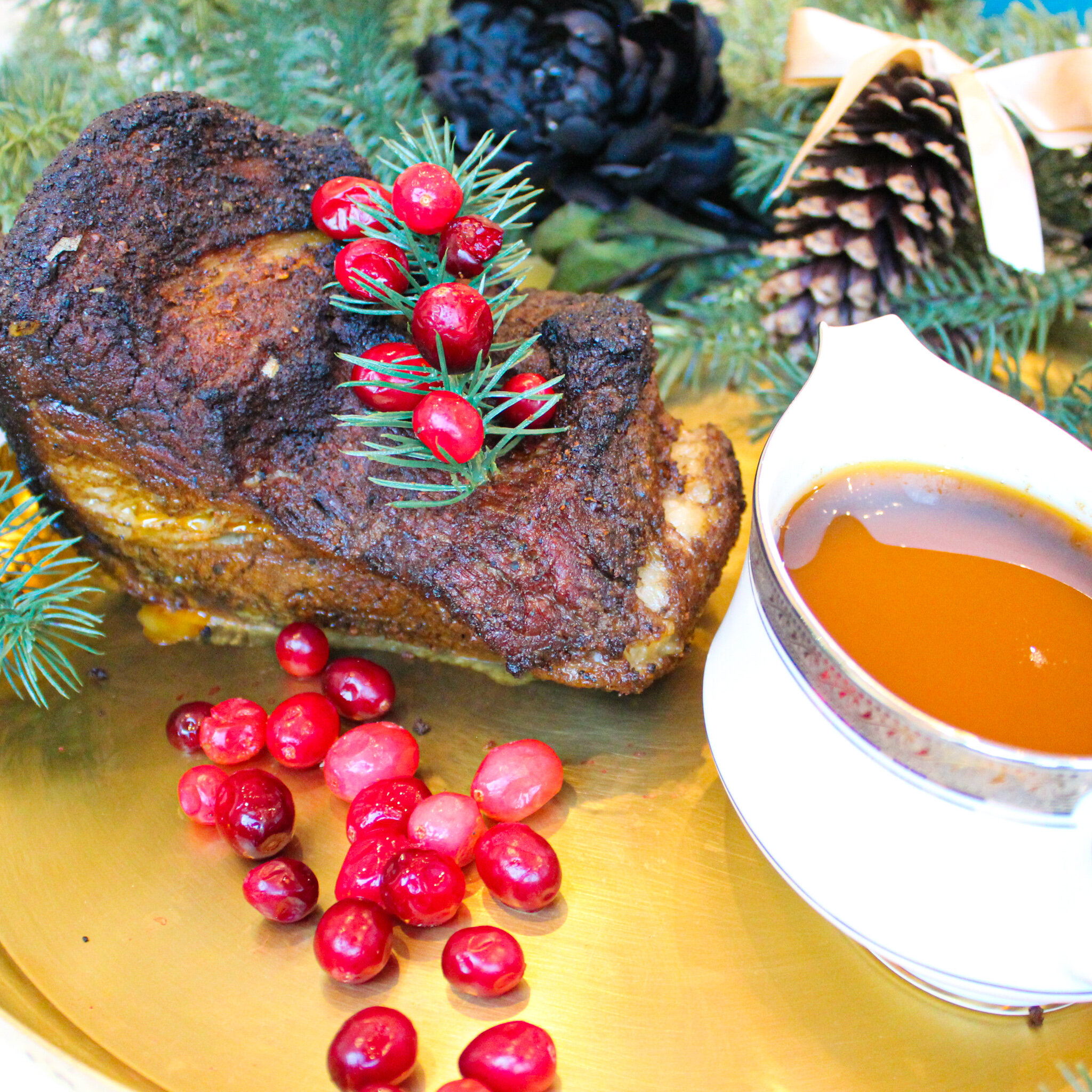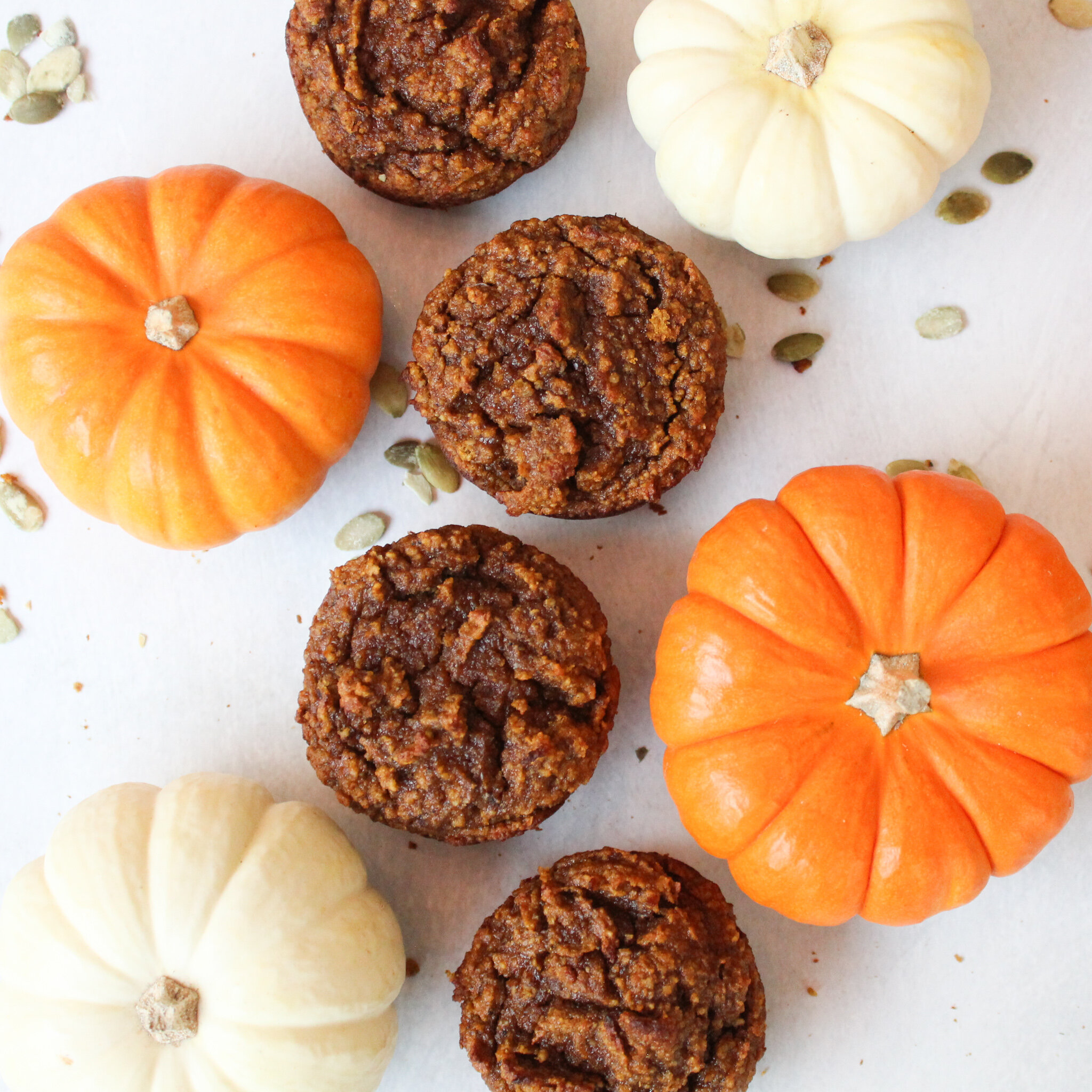A good cookbook gets you cooking. A great cookbook gets you cooking—and thinking and discovering and coming back to the kitchen over and over. Any cookbook can be a guide in helping you make a decent meal, but a really inspiring resource stretches you. It helps you to understand the alchemy of food and the whys and hows behind delicious—emboldening you to make your own creations.
For all of us at PrimaFoodie, a great cookbook is like having a loyal friend or mentor in the kitchen. You can hear the author’s voice offering wisdom about the culture behind the spices, the chemistry of the salt and heat, and the history for using certain methods. The pages offer more than step-by-step instruction. They offer the best counsel for becoming a better cook.
These nine cookbooks do just that. With their oil-stained, dog-eared pages, we reach for these when we need a quick gut-check (400° or 425°? Coconut or olive oil?) or inspiration to try something new.
Where Cooking Begins
By Carla Lalli Music
This technically is a cookbook (a great one), but it’s also a way to hang out with Carla Lalli Music, the hilarious long-time chef and editor-at-large for Bon Appetit. Music makes cooking fun. (Just watch one of her cooking videos and you’ll see.) She also makes it super inclusive. Every one of the comforting recipes in her book comes with a “spin it” list that offers various alternatives—meaning, if you want to swap beef for chicken, or a gluten-free starch for wheat, go for it. This is such a fun resource that proves there doesn’t need to be any perfection in cooking, only the permission to go with what feels right.
Small Victories
By Julia Turshen
For years, Julia Turshen was the skillful co-author and co-chef behind so many fantastic cooking endeavors, including the making of Gwyneth Paltrow’s book, My Father’s Daughter. Finally, in 2016, she came out with her first cookbook entirely of her own: Small Victories. (Since she’s followed with several more.) This lovely resource layers healthy recipes with comforting spins and helpful tips. Throughout, Turshen offers bits of wisdom and lessons she’s learned in the kitchen along the way. When we’re looking to make a simple, comforting dish, this is one of the first we pull from the shelves.
Sweet Laurel: Recipes for Whole Food, Grain-Free Desserts
By Laurel Gallucci and Claire Thomas
This bakery, based in Pacific Palisades, California, has gained a sort of cult following for their grain-free, sugar-free, additive-free baked goods. The treats—cakes, breads, cookies, muffins, scones, crackers—are incredible, even when compared to any conventional desserts. But the story goes much deeper. Longtime baker Laurel Gallucci started experimenting with alternative flours and whole ingredients after she was diagnosed with autoimmune conditions. Her recipes quickly took off. She teamed with friend and photographer, Claire Thomas, and the two brought the Sweet Laurel brand to life. This book unveils it all—the journey, the secrets, the whole ingredients—and proves ever-the-more that delicious and satisfying doesn’t require anything artificial.
Ottolenghi: The Cookbook
By Yotam Ottolenghi and Sam Tamimi
Yotam Ottolenghi and Sami Tamimi—who were both born in Jerusalem and lived in Tel Aviv—met while working at a bakery in London. The two instantly connected over a love of foods from their native lands and a confusion for traditional English fare. Their kinship grew and eventually the two opened the coveted Ottolenghi deli in London, which has grown into six delis and restaurants throughout London. Their food is unparalleled: super fresh, nothing artificial, organic, and heavily influenced by the Mediterranean. Every recipe here pleases for a cozy weeknight meal or a dinner party.
Practical Paleo
By Diane Sanfillippo
Our founder, Nichole, taught herself how to cook Paleo with this cookbook when she started following the diet out of necessity. Certified nutritionist Diane Sanfillippo unpacks the Paleo diet in this New York Times bestseller in such a dense yet approachable way. And thank goodness that she does, because Practical Paleo is one of the few available resources that truly explains the whys and hows behind the diet, and the ways in which it can lead to healing and better health. Sanfillippo also offers more than 150 recipes and various meals plans that are catered to different health conditions, from brain health to liver detox. What we most love about this cookbook are its simple recipes. The fiery jalapeño buffalo burgers with sweet potato pancake "buns" and zucchini pancakes are favorites.
Good + Simple
By Jasmine Hemsley and Melissa Hemsley
Food writers and clean-eating advocates Jasmine and Melissa Hemsley have become well known over the past several years for their nutrient dense recipes and fun approach to healthy cooking. The sisters have authored several cookbooks together, including their best-selling premier, The Art of Eating Well, as well as a few titles on their own. Each is excellent, but we especially love Good + Simple. Offering a more accessible take on the sisters’ love for grain- and sugar-free cooking, Good + Simple offers a bunch of healthy, easy meals that can be altered according to any dietary need. What Nichole particularly loves is the Hemsley sisters’ varied palette. Their quick sausage ragu with celeriac spaghetti is a family favorite.
Flavor Flours
By Alice Medrich
This cookbook expands the way we look at baking. Pushing wheat out of the conversation, it offers a primer on how to incorporate various alternative flours, from those made from ancient grains to others made from nuts, rice, or coconut (and more). It helps to get you more comfortable and nimble in the kitchen, giving you information on the different flour structures and textures so you know what to use and when. Every recipe Nichole has made from this book has come out beautifully. One PrimaFoodie favorite, The Queen of the Nile, is an elegant and simple chocolate cake that always impresses at a dinner party.
Every Last Crumb
By Brittany Angell
These recipes are exquisite. Fluffy blueberry pancakes, calzones, soft plantain tortillas, cinnamon rolls—we could go on. There are so many, and every one is entirely gluten-free. Some of the recipes are more complicated or require multiple steps, but each one is entirely worth it.
My Paleo Patisserie
By Jenni Hulet
This book is filled with beautiful photography, and recipes for delicious baked goods, including desserts and savory pastries. Entirely self-taught, Jenni Hulet has figured out how to make some absolutely delicious grain and dairy-free versions of timeless hits, such as popovers and tarts. She also lays out the technical aspects of baking in an easy-to-understand format. At the end, she includes great tools, charts, and step-by-step instructional photos. Her basic chocolate cake is a recipe to always have in your back pocket.























